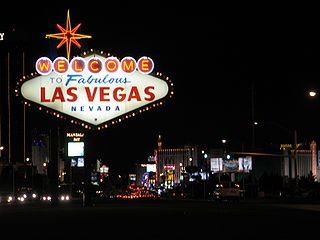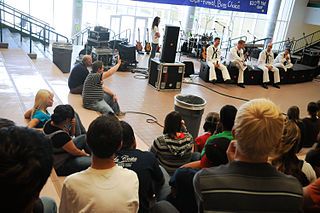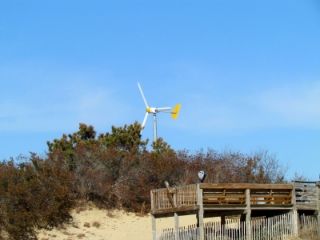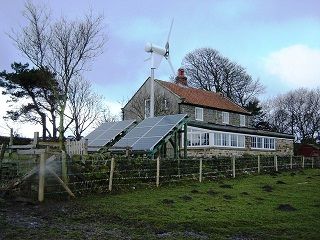Automotive Engineering and the Electric Vehicle Adoption Curve
I wrote a piece on France and renewable energy just now that reminded me of the first French-American EV conference (Long Beach, CA, in December, 2010); it was such a riveting event that I thought it would be followed by many more in quick succession. But I was wrong; in fact, the second such meeting didn’t occur until just a few months ago, and, as it wasn’t local, I skipped it.
I’m always interested in the astounding rate at which automotive engineering is advancing. Like most people, I realized many years ago that I have no idea what’s going on underneath the hood of my car, but I wrongly assumed that all this computerized magic had brought us to a static state; nothing could be further from the truth. In fact, the real push is yet to come, making use of a combination of materials science and mechanical/electronic engineering that will push fleet-average MPG levels to 54.5 by 2025.
Perhaps the most interesting issue is what all this means to the consumer. Since only a relatively small percentage of drivers will pay more for an environmentally friendly car, the real issue becomes driving down the combined cost of the product and the fuel it uses, while making it appealing/sexy to the consumer. What does this mean for the adoption of electric vehicles? It’s hard to tell, and there are so many factors at play:
• The price of gasoline versus electricity
• The range that a certain EV provides and the lack of convenience and freedom that this implies
• The fuel-efficiency of the gas-powered car in question. If your car gets 54 MPG, the fuel cost argument is far weaker than it is at 25 MPG
Perhaps the most interesting thing in the presentation is the way the very technology that improves the range and overall functionality in electric vehicles is simultaneously improving hybrids, mild hybrids, and internal combustion engines. It’s complicated out there.
On a related note, I announced happily a couple of months ago that a deal on our list of renewable energy investment opportunities closed, and it happens to involve an electric truck, the development of which continues to evolve nicely.

 Here’s an idea a friend sent me that would
Here’s an idea a friend sent me that would  I’ve often said that I expect France to lead the way in terms of the adoption of clean energy, for two main reasons:
I’ve often said that I expect France to lead the way in terms of the adoption of clean energy, for two main reasons:
 ‘Carbon footprint’ is the undisputed energy related buzzword of the past 10 years, and businesses face a huge responsibility, with pressure from both external and internal forces to try and minimise their impact on the environment, through reducing their carbon emissions.
‘Carbon footprint’ is the undisputed energy related buzzword of the past 10 years, and businesses face a huge responsibility, with pressure from both external and internal forces to try and minimise their impact on the environment, through reducing their carbon emissions. In the time of 400ppm, global warming or “climate change” skyrocketing, and when oil magnates are controlling vast swaths of the US, the environment has become a hot-button issue for many on both sides of the divide.
In the time of 400ppm, global warming or “climate change” skyrocketing, and when oil magnates are controlling vast swaths of the US, the environment has become a hot-button issue for many on both sides of the divide. When it’s snowing outside and one look at your front door shows you that it’s snowing inside, there’s no question: You have a drafty door! But what about in the snow-free months where drafts and leaks aren’t quite so obvious?
When it’s snowing outside and one look at your front door shows you that it’s snowing inside, there’s no question: You have a drafty door! But what about in the snow-free months where drafts and leaks aren’t quite so obvious? According to the U.S. Department of Labor Bureau, employment of environmental scientists is projected to increase by 19 percent through 2020. A World Green Building Trends SmartMarket Report also found that by 2015, at least 60 percent of the work done by engineers and architects will have to do with an environmental issue.
According to the U.S. Department of Labor Bureau, employment of environmental scientists is projected to increase by 19 percent through 2020. A World Green Building Trends SmartMarket Report also found that by 2015, at least 60 percent of the work done by engineers and architects will have to do with an environmental issue. A reader by the name of Jerry sent in this article “
A reader by the name of Jerry sent in this article “ Having a desire to convert your homes to
Having a desire to convert your homes to